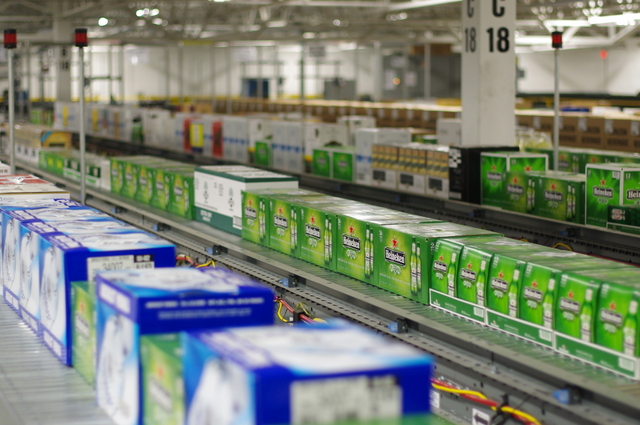
With energy costs continuing to rise and consumers looking for more sustainable brands, companies are searching for ways to reduce the carbon footprint of their warehouse. Businesses know that using “green” and energy efficient equipment within a distribution center or brewery can save money on energy while making the right move for the environment. To make warehouse processes more sustainable, companies need to focus on reducing, reusing and recycling.
Reduce energy usage
Environmentally friendly warehouse equipment is available from various vendors, ranging from energy efficient conveyors to light fixtures and more. Energy efficient conveyors use sensors that tell the conveyor to start moving when a product is close by and to stop as soon as it passes. The sensors tell the conveyor to turn on when there is a product coming toward a particular section. The conveyor will not be running unless there is a product on it, thus saving energy.
Warehouse Control Systems (WCS) contain the move logic for the warehouse. They know when inventory is inducted into the material handling system and can trigger each unit to turn on and off, moving inventory through fulfillment areas. Because different materials handling systems operate at different speeds and have different carrying capacities, the WCS is responsible for achieving throughput optimization by properly buffering and throttling the various equipment. The WCS balances the need to speed up or slow down equipment to keep materials flowing smoothly through the warehouse. Warehouse Control Systems monitor warehouse equipment assets in real-time to determine if a machine is being overutilized or when an asset is idle and can be redeployed for other tasks.
One example of savings as described in Material Handling & Logistics magazine shows that while the energy-efficient conveyor cost 12.5 percent more than a traditional roller conveyor, the company was able to lower its energy bills for the system to $104 per month, down from $1,466 per month, a significant savings. These types of conveyors are not only energy efficient, they run quieter and use fewer parts than traditional conveyors, reducing the chance for worker injury and lowering maintenance costs.
Small sustainability efforts that give huge payoffs can include the installation of fans to circulate air, reclaiming water used for landscaping and adding solar panels to generate electricity. Simply replacing lighting fixtures with energy efficient, high-intensity fluorescent fixtures can produce 50 percent more light while saving 50 percent more energy.
Recycle for zero waste
Zero waste is a frequent goal for many savvy companies. Within a warehouse, zero waste means that businesses focus on reusing products, packaging and equipment so that nothing is thrown in the landfill. Items such as wood or plastic pallets, boxes and cartons can be reused. Packaging materials, both inbound and outbound, can be collected and reused a number of times. DMW&H has implemented empty carton monorail systems in various warehouses that send cartons via overhead conveyors to different areas in the warehouse where they can be reused.
Empty carton monorail systems can handle steep elevation changes and tight curves. They take empty cartons up and over other equipment, then back down to where they can be reused, helping to keep the floor clean and uncluttered of cartons and packing materials. Some companies take cafeteria waste and turn it into compost for landscaping. Others provide recycling bins for everything from plastic bottles to paper to cardboard to metal and more.
Renewable energy in the warehouse
The self-production of energy is a potential option for warehouse operations when companies are looking to offset their CO2 usage. Photovoltaic (solar) panels and wind generators can be used to generate electricity to run equipment in the warehouse. These devices convert sunlight or wind power into electrical energy. Most solar panels are installed on the roof of the warehouse.
Photons strike and ionize semiconductor material on the solar panel, causing outer electrons to break free of their atomic bonds. Due to the semiconductor structure, the electrons are forced in one direction creating a flow of electrical current. Solar panels are mounted at a fixed angle facing south, or they can be mounted on a tracking device that follows the sun, allowing them to capture the most sunlight.
Solar panels are much more reliable and cost-effective than when first introduced. Warehouse owners who do not invest in solar today will be forced to pay higher and higher prices for electricity as the electric utility companies continue to increase their electricity rates as the costs for coal and gas increase and carbon taxes are implemented by the federal government.
Other green savings can be found with:
- Modular conveyor systems, which are lighter than traditional metal conveyors. Because of their lighter weight, costs for shipping the systems and emissions for transportation are reduced.
- Utilizing goods-to-persons solutions bring products to pickers so storage areas don’t have to be lit, saving on electricity. Instead of sending the persons to goods, automation takes the goods to the person. By eliminating packer travel, appropriate goods-to-person systems increase productivity, improve order accuracy and quality, and enhance ergonomics and efficiency.
- The layout and positioning of material handling equipment and storage units should be carefully planned to help order pickers be more productive. Optimally utilize every square inch of a warehouse space to ensure goods can be retrieved and delivered as quickly as possible.
- Radio Frequency Identification (RFID) technology can be used to provide location, identification and tracking information, such as identifying when a pallet will arrive in the warehouse. This data can be combined with environmental data, such as weather and road conditions, which can affect the quality of products in transit.
- Schedule regular service for heating and air conditioning systems, and fit them with timers so that they’re in use only when people are in the office. Turn the thermostat down in the winter and have employees wear warmer clothing; in the summer set the A/C slightly higher and ask people to dress accordingly.
- Install water-saving taps, showerheads and low-flush or dual-flush toilets. Have employees bring their own mug or cups to drink from so that you don’t need a dishwasher in the facility.
- Take advantage of natural lighting, and install task lighting and high-efficiency compact fluorescent lighting. Moving from older metal halide lighting over to newer T8 or T5 fluorescent lighting that is outfitted with motion sensors so that lighting only comes on when needed will save tremendously on energy usage.
Reuse or update equipment to save money
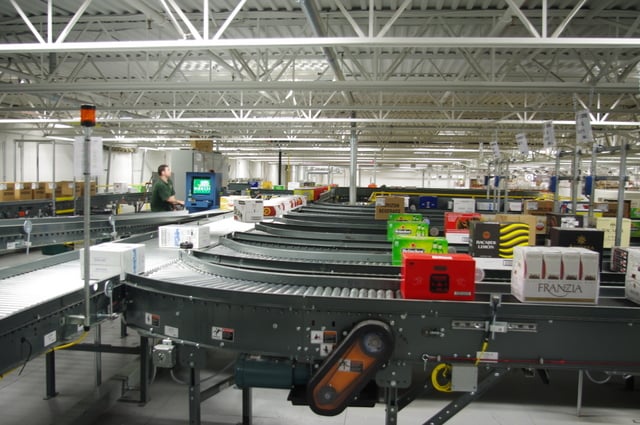
Take a look at your equipment before deciding to replace it as it may be cheaper and more environmentally friendly to retrofit or update equipment. This can involve upgrading components, increasing speed/capacity or incorporating new technologies. Retrofitting can boost efficiency by 15-20 percent or more and enable your material handling systems to function beyond their initial capacity limits to satisfy increased production demands. The cost of retrofitting is often less than new equipment costs because of the re-use of existing equipment. DMW&H is one of the few companies that have the engineering skills to do this “dirty work” and deliver successful results.
New warehouses are designed with a focus on sustainability, provide energy savings, lower carbon emissions and bottom line savings. Many warehouses today are getting certified under the U.S. Green Building Council’s LEED (Leadership in Energy & Environmental Design) program. To stay competitive and be on the leading edge, going green in your warehouse is a win-win process.
Chris Castaldi is the VP Sales at DMW&H, a material handling systems integrator providing process consulting and turnkey system integration services.

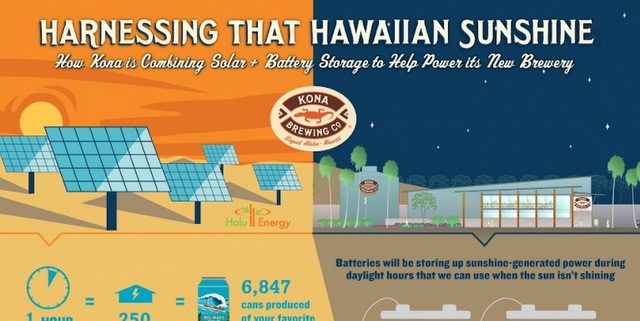
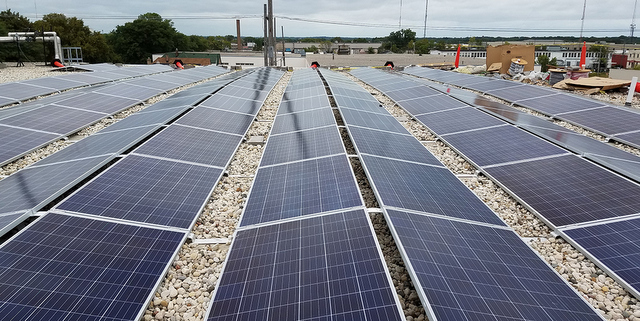
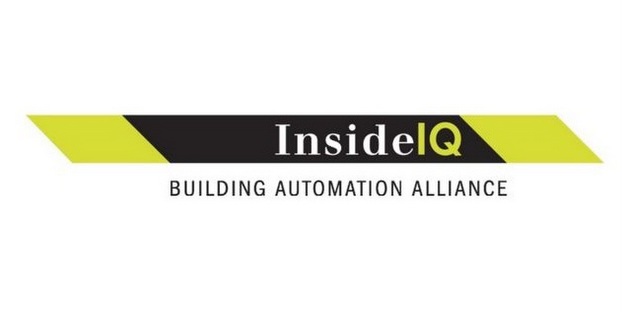
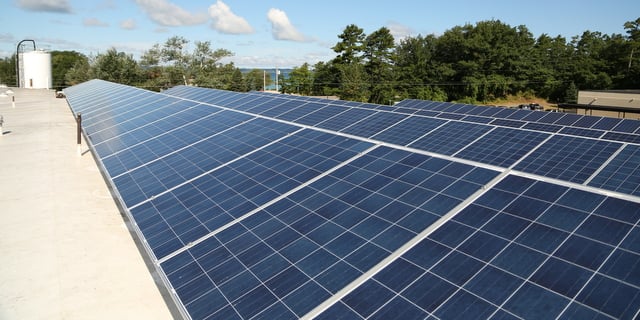
André Amarante liked this on Facebook.
Serge Lubomudrov liked this on Facebook.
André Amarante
RT @CraftBrewingBiz: Design a green warehouse for your brewing or distributor operations. https://t.co/DqdXsAh1UB